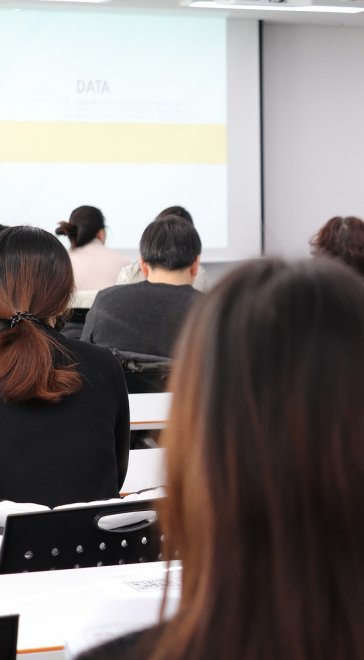Mathematics of the 2D anyon gas
In the theory of quantum statistics, if one follows mathematical logic to its conclusion, one reaches the possibility of intermediate exchange statistics and "anyons", i.e. identical particles different from bosons and fermions. Over the course of about 50 years this topic has evolved from merely an exotic possibility to an almost inevitability when orientation symmetry is broken, such as in effectively two-dimensional systems subject to rotation or an external magnetic field. The signature example is the fractional quantum Hall effect, and in just the last few years very strong signatures of individual anyons have finally arrived from experiments. However, the many-body theory necessary to study precise collective properties of anyons has remained rather undeveloped until relatively recently. This mini course will focus on the mathematics of the many-anyon gas, introduce some of the main concepts involved, and thus provide a foundation for further exploration of the topic, starting from the toy model of ideal anyons, to more realistic emergent models, and also promising applications to quantum computing.
Lecture plan:
I. Quantum statistics & transmutation
II. Local exclusion & stability
III. The almost-bosonic interacting anyon gas
IV. Emergent models: FQHE & polarons
V. Non-abelian anyons & topological quantum computing
Schedule: Monday, April 28th, 14.00 - 16.00
Tuesday, April 29th, 10:00 - 12:00
Wednesday, April 30, 14:00 - 16:00
Monday, May 5th, 14:00 - 16:00
Wednesday, May 7th, 14:00 - 16:00
This initiative is part of the "PhD Lectures" activity of the project "Departments of Excellence 2023-2027" of the Department of Mathematics of Politecnico di Milano. This activity consists of seminars open to PhD students, followed by meetings with the speaker to discuss and go into detail on the topics presented at the talk.

